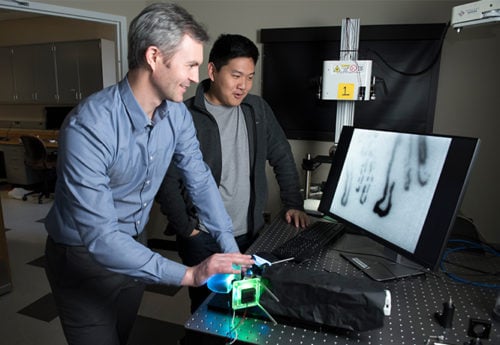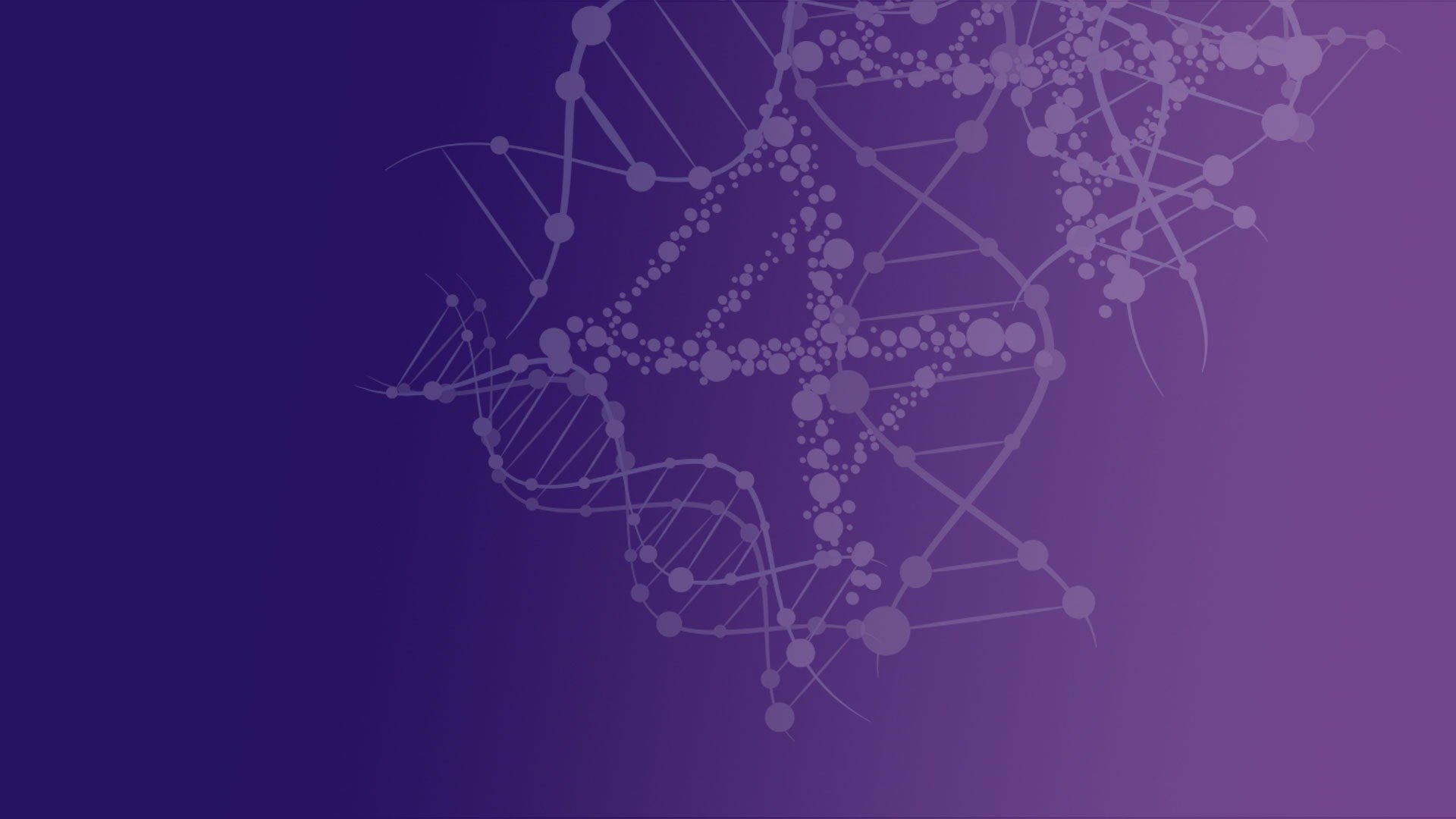Imaging & Medical Devices involves the measurement of spatial and temporal distributions and signals over scales ranging from molecules and cells to organs and whole populations. Combining mathematics, physics, and biological systems with engineering of new devices and computational algorithms, our academic and research programs in Imaging & Medical Devices center on new technologies and data-intensive analysis.
Our curriculum in Imaging & Medical Devices spans mathematical fundamentals, physics of imaging technologies, device design and development based on clinical needs, and computational techniques for image processing and analysis. In addition to learning about real clinical systems and data students learn data analysis, modeling, and computer simulation methods. Hands-on experiences in the classroom, research lab, and clinical settings tie education to practical real-world scenarios.
Below, you will find a suggested list of courses to help you in your course planning. Your academic interests determine the remaining courses (focus area electives). You will meet with the faculty lead of your chosen focus area to determine your course plan. The program administrator will provide additional advisement and course approval. Please note that all listed courses are suggested and may not always be offered. Course offerings are subject to change from semester-to-semester.

